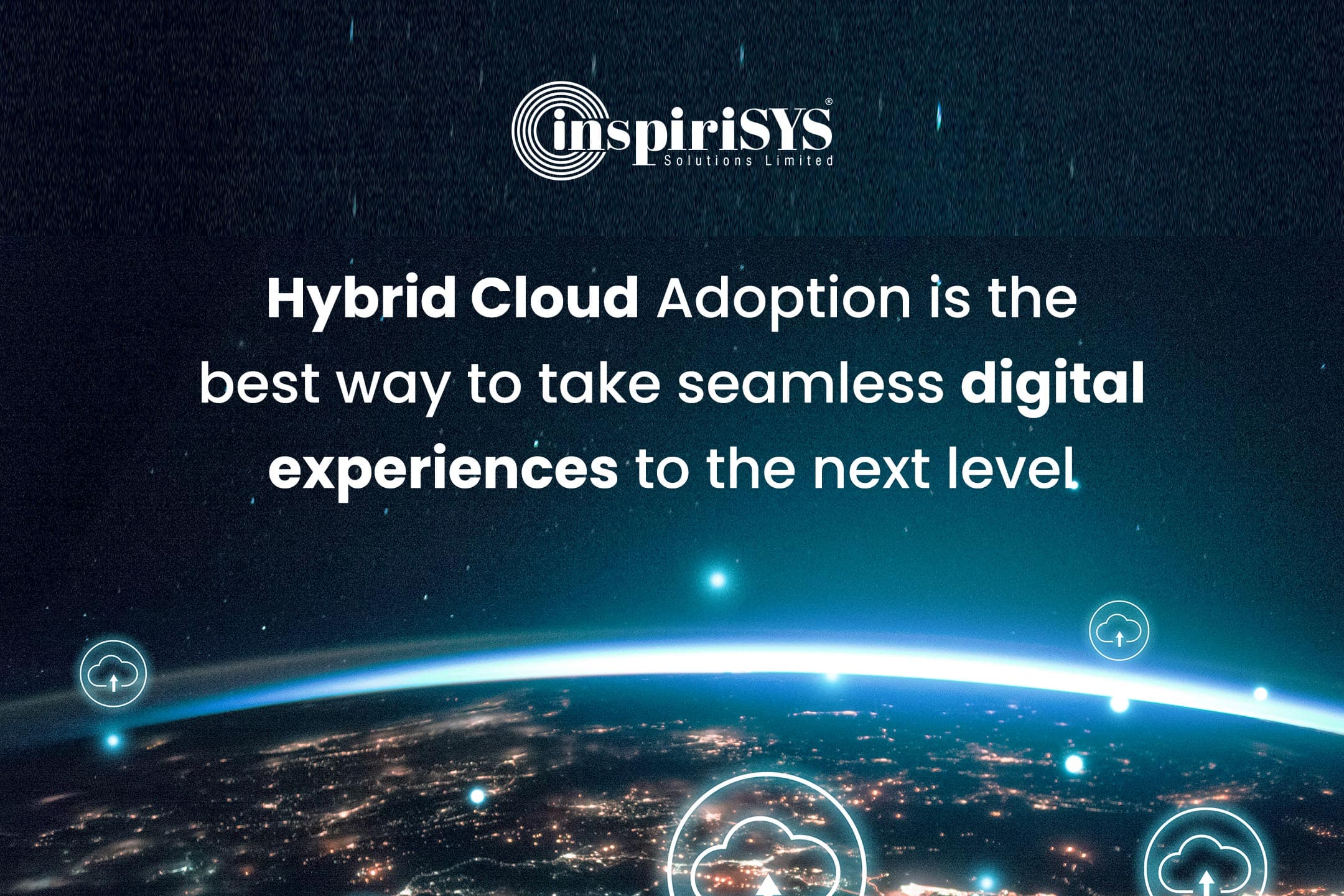The cloud has proven to be a highly efficient approach for companies to transform their customers' digital experiences, modernize their IT infrastructure and effectively implement customer-facing applications and services.
There are numbers to prove its popularity and efficiency. IDC has estimated the worldwide expenditure on cloud infrastructure to reach $1.3 trillion by the year 2025.
The pandemic has also significantly increased the scale of remote work locations that need to be supported. With more organizations shifting to remote work locations, more employees need to collaborate digitally, seamlessly.
To cope with these employee requirements, organizations need tools to monitor, alert, and find solutions to any issue faced by them in real-time. However, the current tools and technologies that organizations use cannot function independently. They need the backing of hardware or software agents who can deal with customers across the user population. Real-time solutions to issues are hard to find and manual intervention is often required.
Ascertain the need for a hybrid cloud management strategy
Traditional methods of deploying tools in a public cloud data center will not scale in the current scenario. To counter this, many companies have started looking at innovative cloud programs to make them as agile as digitally native companies. The combination of private, public, and multi-cloud capabilities helps establish a platform for digital business.
With a clear hybrid cloud management strategy, you can get a lot closer to providing a seamless user experience across virtual, physical and other connected environments. Read on to know how choosing the right hybrid cloud service provider can help take your digital experiences to the next level.
Choose the right Cloud for employee digital experience

Digital Employee Experience is the quality of users' interactions with technology in their work environment. Businesses today are expected to deliver a smooth, seamless and exceptional user experience to their customers and employees across all platforms. This is one of the key reasons why organizations are increasing looking to adopt hybrid cloud to enable digital business.
Much like choosing the right physical infrastructure at the back-end ensures a great user experience, adopting a hybrid cloud strategy can optimize the front-end digital experience. It also becomes important to align your physical and cloud infrastructure.
Ensure your physical and cloud infrastructures are aligned

Your organization needs to have a clear strategy on where to place physical components in a hybrid cloud, with the ultimate goal being to ensure an optimized front-end digital experience.
Your hybrid cloud infrastructure should be able to deliver on the scale needed to empower all web applications and cloud services. It should also be able to scale up or down, according to the user demands. As your business starts growing, your infrastructure must be easily able to support the increasing customer needs.
When you have a hybrid cloud infrastructure, you will always have the flexibility to support growing volumes of data and an expanding remote workforce.
Evaluate your Hybrid Cloud strategy
We have established that moving to the cloud is no longer a matter of why, but more a matter of when and how. Some of the biggest benefits of the cloud have been their speed, agility and also their significant cost savings.
When it comes to evaluating your hybrid cloud environment, your IT teams should have the ability to make quick, timely changes to meet constantly evolving user needs. To realize the full potential and value of the cloud, your hybrid cloud solution must be able to resolve challenges. Some of these challenges include data gravity, security, regulatory compliance, architectural flexibility and effective cost management.
You also need to think about what services and practices will enhance collaboration between your development and operations teams. At the same time, you need to ensure that your physical infrastructure assets which are part of hybrid cloud strategy are optimized and support the intended value of your cloud service.
Once you do this, you should look at optimizing your hybrid infrastructure using a real-time, 360-degree view of each customer journey. Smart solutions such as AI and cognitive analytics will let you turn massive amounts of data into information you can take action on. This makes it easy for you to quickly identify the roadblocks, get to the root of why they occur and fix issues quickly, before they cause a massive impact.
Find the right Hybrid Cloud Solution
At InspiriSYS, our hybrid cloud solutions have the right combination of technology architecture, capacity and security considerations to ensure that all roadblocks are eliminated. We can also help you leverage your hybrid cloud delivery model to reduce SLA breach and optimize cost.
We analyze and design hybrid cloud infrastructure which can scale with different workloads. This will give customers the results they desire. We have over 27 years of experience with cloud solutions, along with proven solution methodologies to help your business use the right cloud strategy. Get in touch with us to discover the perfect hybrid cloud solution and take your digital customer and employee experiences to the next level.







